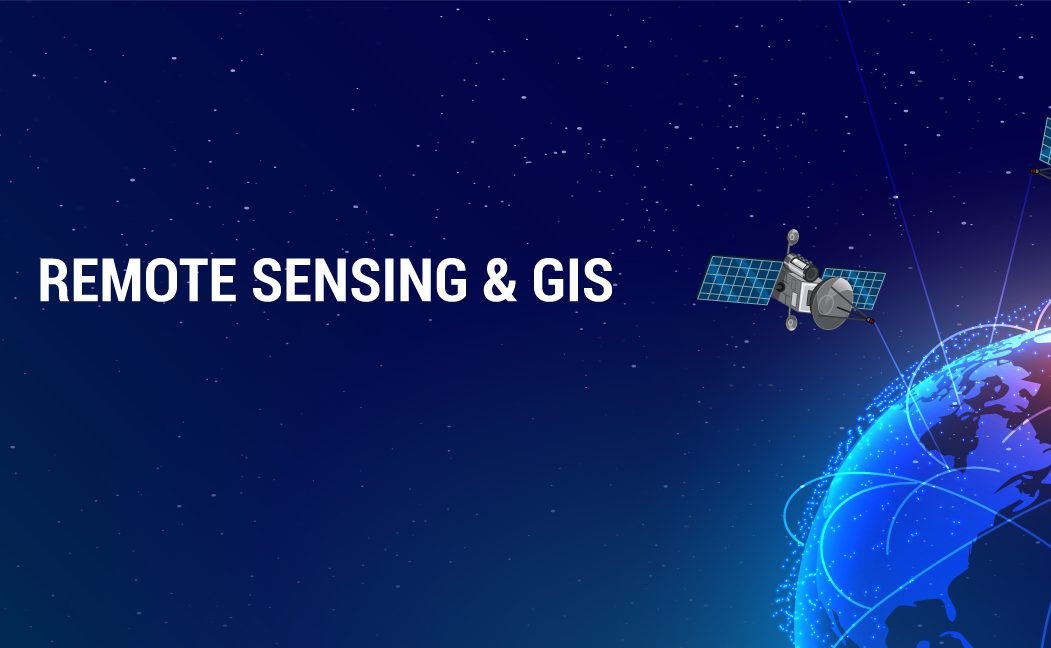Introduction:
Understanding GIS:
Applications of GIS:
1. Urban Planning and Development: GIS plays a pivotal role in urban planning by facilitating the analysis of land use patterns, transportation networks, population distribution, and infrastructure planning. It assists in identifying suitable locations for new developments, optimizing transportation routes, and analyzing the environmental impact of urban expansion.
2. Environmental Management: GIS aids in monitoring and managing natural resources and ecosystems. It enables the identification and mapping of sensitive habitats, assessment of water quality, monitoring of deforestation, and analysis of climate change impacts. GIS helps conservationists and policymakers make informed decisions regarding land use, conservation strategies, and mitigating environmental risks.
3. Disaster Management: GIS is an indispensable tool in disaster preparedness, response, and recovery. It enables real-time monitoring of natural disasters such as hurricanes, floods, and wildfires, facilitating timely evacuation and resource allocation. GIS also assists in post-disaster assessment, damage mapping, and planning reconstruction efforts.
Understanding Remote Sensing:
Remote Sensing involves the acquisition of information about an object or phenomenon without direct physical contact. It utilizes sensors mounted on satellites, aircraft, or drones to collect data from a distance. The sensors capture images, electromagnetic radiation, and other data, which are then processed to extract meaningful information about the Earth’s surface and atmosphere.
Applications of Remote Sensing:
1. Land Cover and Land Use Mapping: Remote Sensing enables the classification and mapping of land cover types, such as forests, agriculture, water bodies, and urban areas. This information is crucial for monitoring changes in land use, assessing the health of ecosystems, and managing natural resources.
2. Agriculture and Crop Monitoring: Remote Sensing aids in agricultural management by providing information on crop health, soil moisture, and vegetation indices. It helps farmers optimize irrigation, detect pest infestations, predict crop yields, and improve overall productivity.
3. Climate Change Analysis: Remote Sensing provides vital data for studying and understanding climate change patterns. It allows scientists to monitor changes in ice caps, sea levels, vegetation distribution, and atmospheric conditions. By analysing long-term remote sensing data, researchers can assess the impact of climate change and develop strategies for mitigation and adaptation.
Conclusion:
GIS and Remote Sensing have transformed the way we understand and interact with our planet. By harnessing the power of spatial data, these technologies empower us to make informed decisions, manage resources effectively, and address complex environmental and societal challenges. From urban planning and disaster management to environmental conservation and agricultural development, GIS and Remote Sensing continue to shape a sustainable and resilient future. As advancements in technology and data availability continue, the potential for GIS and Remote Sensing to create positive change only expands, promising a world where spatial information drives progress and fosters a better tomorrow.

